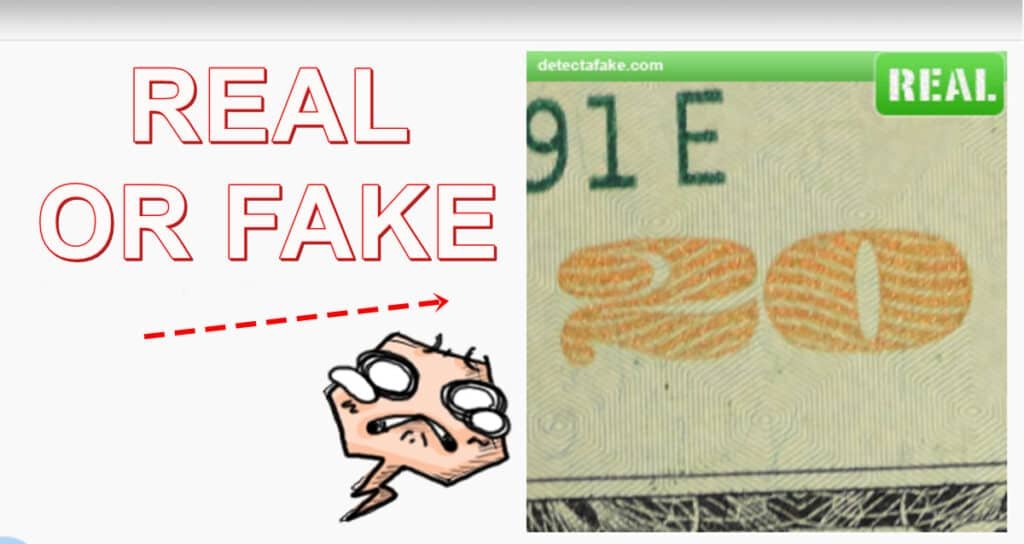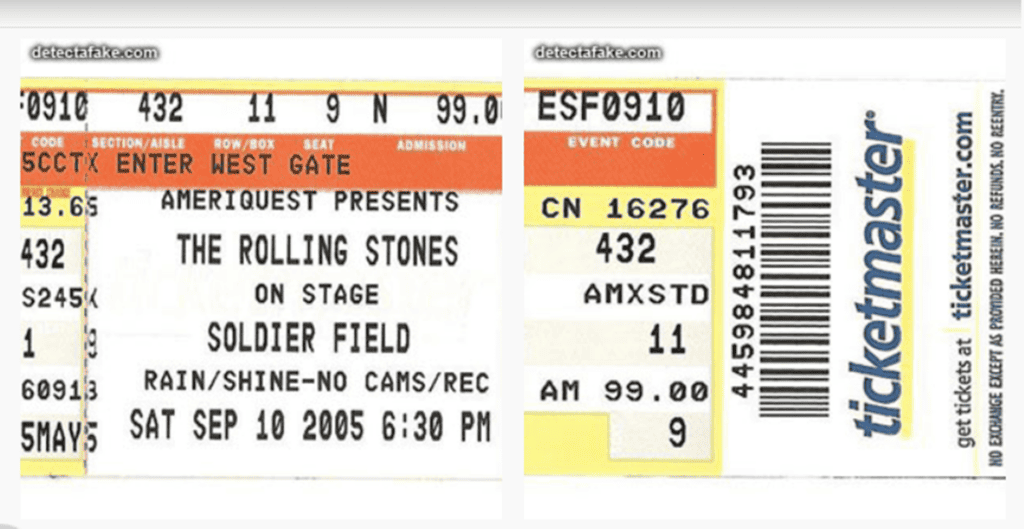How to detect fake: $20 Bills
| Feature | Genuine Bill | Counterfeit Warning |
|---|---|---|
| 1. Security Strip | Visible only with light behind the bill | Visible without light or not visible at all |
| 2. Hologram Image | Appears on the front/right side with light | Absent without a light source |
| 3. Color Shifting “20” | Changes color when tilted | Static color or no color shift |
In a world where counterfeiting is becoming more sophisticated, it’s crucial to arm yourself with the knowledge to distinguish a genuine $20 bill from a clever imitation. This guide provides insights into two main features you should scrutinize to ensure the authenticity of your cash.
1. The Security Strip: Shedding Light on Authenticity
The first checkpoint in identifying a real $20 bill involves the often-overlooked security strip. To catch a glimpse, simply hold the bill up to a light source. A genuine bill reveals a subtle strip running vertically, exactly where it should be – no more, no less. If this strip is absent without the aid of light or visible even in normal conditions, you’re likely dealing with a counterfeit.
Example Scenario: Imagine you’re handed a $20 bill at your local coffee shop. As you instinctively hold it against the light, the security strip fails to materialize, setting off alarm bells. Trust your instincts and question its authenticity.
2. Holographic Wizardry: Jackson’s Presence
Moving on to the second feature, a hologram of Andrew Jackson should grace the front/right side of the bill when illuminated by light. Without this celestial glow, your bill may be playing a part in a counterfeiting scheme. Take a moment to appreciate the holographic craftsmanship – a hallmark of legitimacy.
Real-Life Example: Picture yourself receiving change at a garage sale. The hologram of Jackson winks at you, affirming the bill’s authenticity. Now, imagine if this mesmerizing image is missing – a clear indication of a dubious banknote.
3. The Shifting Colors of Trust: The “20” Test
Finally, the “20” in the bottom/right corner of a genuine bill boasts color-shifting ink. Tilt the bill, and watch the color dance in response. It’s a subtle yet powerful anti-counterfeiting measure. If the color remains static or fails to change, consider it a red flag for counterfeit currency.
Everyday Encounter: At a local market, you receive a $20 bill as change. Curiosity prompts you to tilt it, revealing a kaleidoscope of colors in the “20.” Now, envision the same scenario with a bill that stubbornly clings to a single hue – a clear indication of forgery.
FAQs:
Q1: Can high-quality printers replicate these features? A1: While technology advances, replicating these features convincingly remains a challenge for most counterfeiters.
Q2: Are these features present in older $20 bills? A2: Yes, these security measures have been a part of $20 bills for several years.
Q3: Are there additional security features not mentioned here? A3: Yes, the U.S. Treasury incorporates various covert features for enhanced security.
Q4: Can counterfeit pens detect these features? A4: Counterfeit pens may help but are not foolproof. Relying on multiple checks is advisable.
Q5: What should I do if I suspect a counterfeit bill? A5: Report it to local law enforcement or the U.S. Secret Service immediately.
Conclusion: As you navigate the world of currency transactions, remember these simple yet effective checks. The security strip, holographic image, and color-shifting “20” are your allies in safeguarding against counterfeit $20 bills. Stay vigilant, and let the genuine greenbacks flow.




